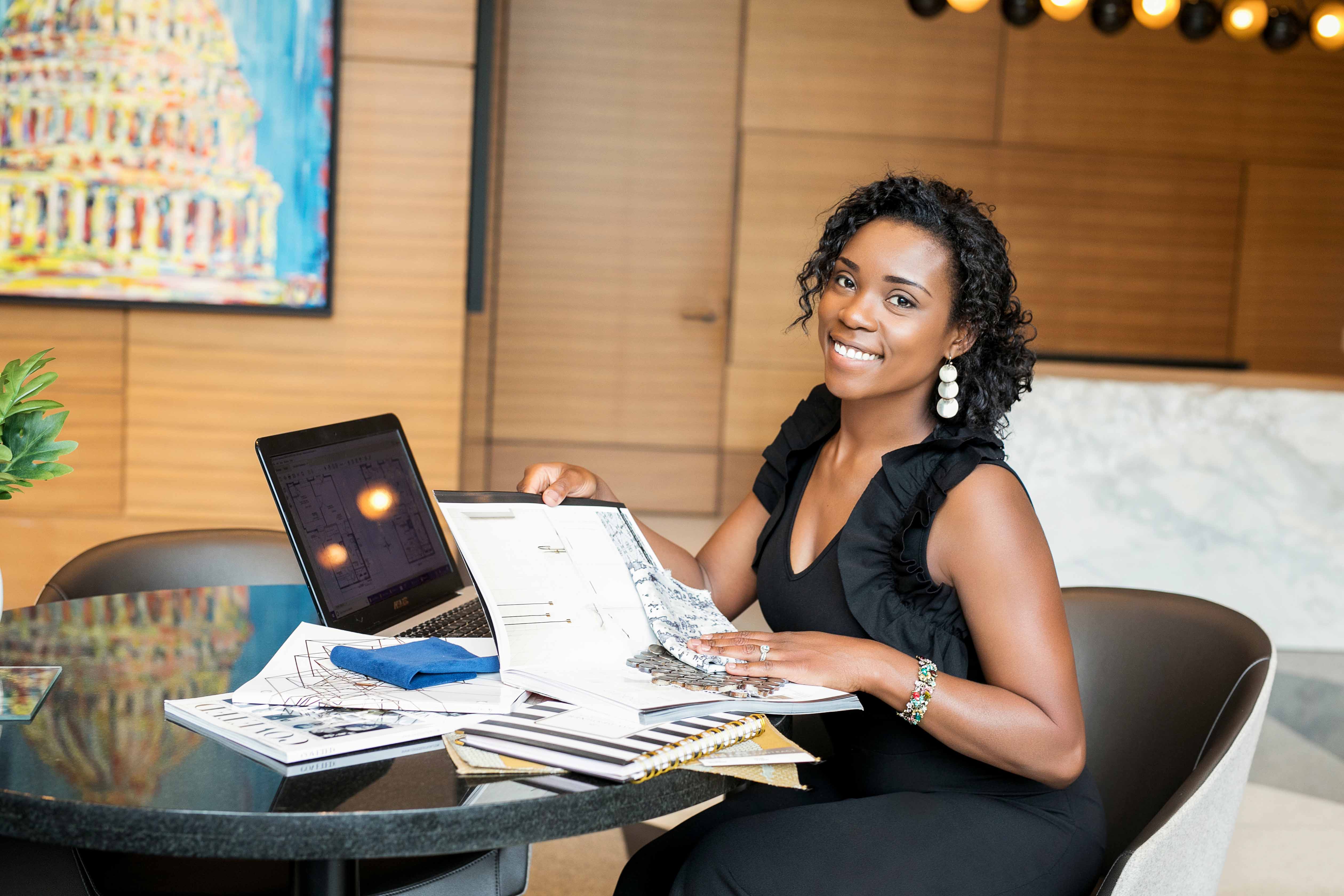The 50 States Project is a series of candid conversations with interior designers across the country about how they’ve built their businesses. This week, Quintece Hill-Mattauszek of Alexandria, Virginia–based Studio Q tells us why she’s moving in the direction of a smaller firm, how her ability to read client behavior informs her business decisions, and how she went from a supportive subcontractor position to the starring role.
You had some early exposure to the design industry. How did that shape your understanding of the opportunities in this space?
My mother was a seamstress, and she used to pick up alterations at the dry cleaner’s and things like that for extra money. We didn’t grow up with a lot of money, so whatever we wanted, we made. My mom would go to thrift stores, yard sales and flea markets to find pieces that she would reupholster. She would find older window treatments or fabrics at Goodwill and reconstruct them. After a while, she started to think, “I can do this as a business.” She started leaving her business cards around town, because back then, there was no such thing as websites. You used to print out the flyers with your phone number on the bottom and put them in Blockbuster, you know?
We were in the Poconos, where there were a lot of vacation homes, so people would call her to make new slipcovers for their sofas because [renters] were coming up from New York and trashing their place. She ended up building a business there and doing really well for 20 years. So I got exposed to the idea that you can create something new out of something old—that you can reimagine how you want something to look.
My dad also was a creative, and he did landscaping on the side [while he worked] as an auto mechanic [because] he loved being outside. He, unfortunately, never had the opportunity to go to college or do any additional schooling, so he had learned by just doing. He would bring me along on all of his jobs when I was a kid, and I watched him create something out of nothing. I say all of that because both of my parents were very skilled at using a necessity-based skill as an occupation and to make money.
Did you see that and think, “This is the world that I want to go into”?
No. It was so commonplace in my household to see my parents make something, I had absolutely no idea that other people didn’t have that ability. My sister and I grew up with that “I’m just going to whip something up” [mentality], so that was never something that felt special.
I went to school for mechanical engineering. I love creativity, mathematics and technical things—so I wanted to be a prop specialist and create special effects for movies way before it was all digitally done. In school, I realized I didn’t actually want to go down that path. And that’s when shows like Trading Spaces were coming out, and I was like, “Oh, [interior design is] an actual career?” I had no idea. I was like, “I think I could do that, because I’ve always done it.”
Did you switch majors?
I took time off to work, because even though I was on scholarships, it was expensive to be at school. I was attending University of Maryland, which did not have an interior design program at the time. It didn’t even have an interior architecture program. I [ended up going to nearby] Montgomery College, and I absolutely loved it. It was small and intimate. It created a lot of opportunities for me. I finished that degree and hit the ground running.
While I was in school, I had the courage to apply for an internship. It was my first semester, but I was like, “I’m just going to do this,” and I applied as a draftsperson—because of my mechanical engineering [studies] and all that, I discovered that I was really good at drafting. When I started interning for Gary Lovejoy Associates in Washington, D.C., I was so new. I didn’t understand the world that I was entering into. But he is a Washington Design Center Hall of Fame designer—I didn’t even know that at the time, but everyone was like, “Oh, my gosh, you work for Gary Lovejoy?” Because of that, doors started opening for me, and I already had a network of people who were waiting for me to graduate so they could hire me. It was all from that initial networking, and then placing myself in the right positions before I even graduated.
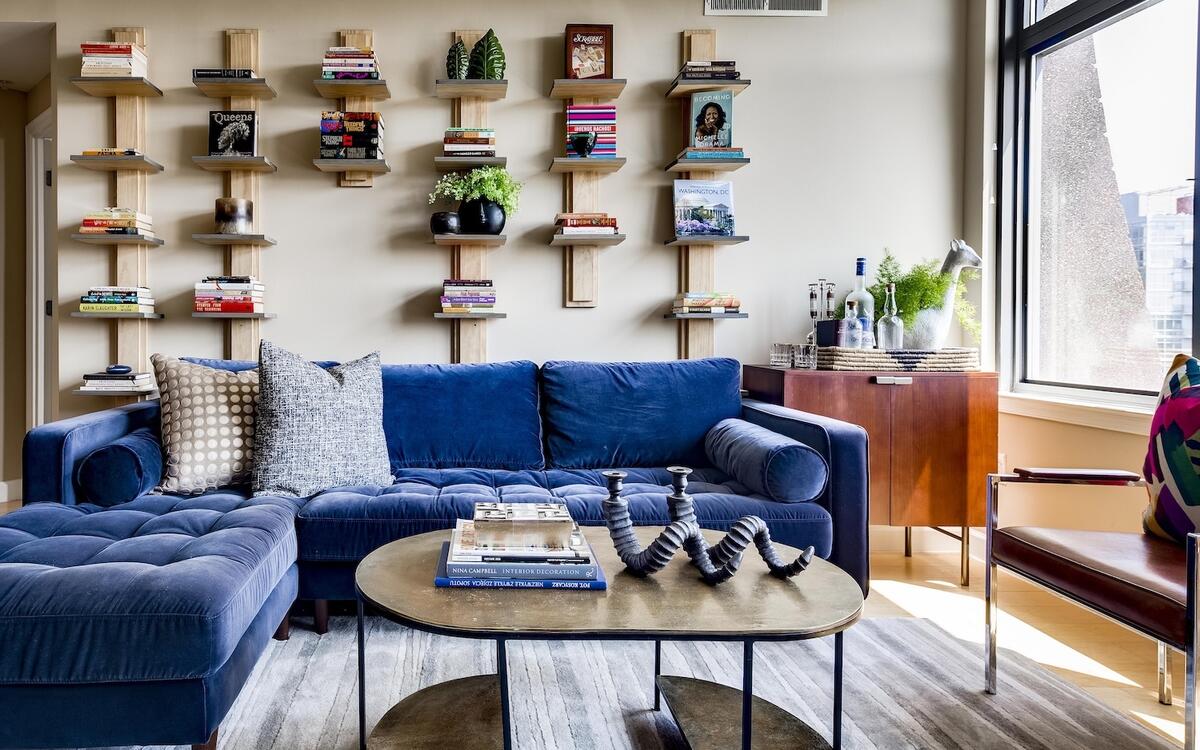
Where did you go after graduation?
I still do work for Gary—if he calls me, I’m like, “Sure. When and where?” He gave me my first opportunity, and I’m never not going to help him when he needs me. But I was looking at different firms after graduation because I wanted to expand my experiences and make sure I was setting myself up. As a Black woman, especially back when my career was [developing], the opportunities were still scarce. It was still hard to locate where you could get work and fit in, so while I had this great base network from working with Gary, I wanted to experience jobs with other firms to make sure I understood how to navigate the D.C. environment. I wanted to see their processes, meet the people they knew and understand how they operated. So I worked at a few firms as a design assistant and then a project manager, and from there, I decided to start my own business in 2012.
Being able to build that network so young is such a skill—and such a smart choice. How have you approached industry networking in general?
At the time, I didn’t realize that I was doing something unique. Again, I saw my parents do it, so it was like, “This is what you’re supposed to do.” But back then, the networking was so much more personal—it was not, “Let me send an email” or “I’ll reach out on social media.” You had to get your boots on the ground and talk to people.
The biggest mistake I see is that people go into this thinking that their only network is other designers or design firms. But that’s not how I got my first big client; it was because I had a good relationship with a contractor—a good personal relationship, where every time we got on the phone to talk about a project, we also talked about families and life and just had a good connection. When I went out on my own, he recommended me to someone else. So the networking has to be broader. Talk to the cleanup crew, talk to the construction people, talk to your fabric vendors, talk to the people in the showroom. You never know who knows whom. But when people like you, they recommend you.
You launched your firm in 2012. What made that the right moment?
I had two small children, and I knew that I couldn’t go back to work full-time for someone else. Again, this was a different time [when workplace culture was more rigid]: Saying, “Oh, my kid is sick, I can’t come in” wasn’t a thing.
I had started a business called Q Renderings and Design, and I was doing a lot of design presentation work for other designers, architects and GCs in the area, doing their hand renderings and technical drawings. It was a networking strategy and [a way] to pay the bills. But I realized that I couldn’t earn enough—and I was also literally making these designers, architects and GCs look like rock stars. They would send me these wonkadoodle sketches and floor plans, and I’d be like, “OK, wait. You need to do this. Move this here. You don’t have enough clearance for that.” All of my design knowledge was being put into everybody else’s designs and presentations, and I was not making enough money. And so I said, “You know what? I’m tired of being the background singer.”
I reached out to that contractor and said, “I’m just tired of not making enough money for the skill sets that I have.” And he was like, “OK, I hear you.” And a week later, I got a phone call from a client. And that was it.
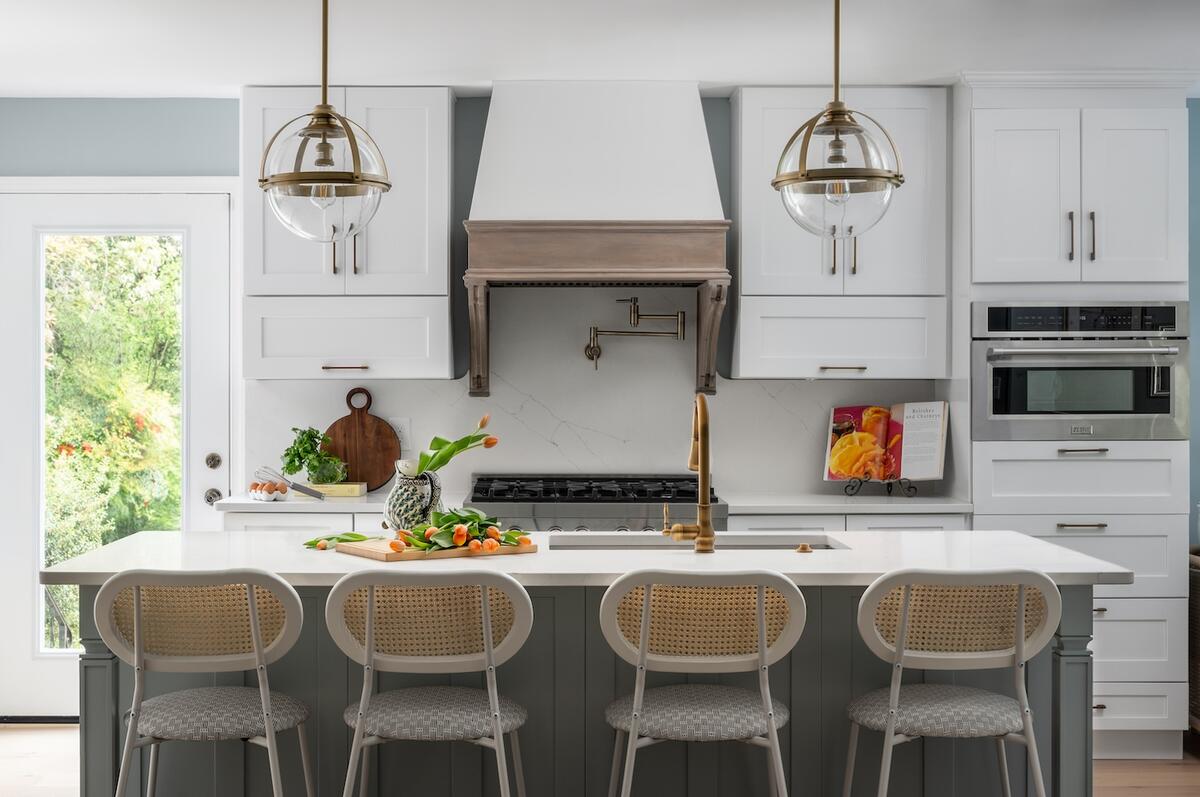
After taking those early jobs to experience different approaches to the design process, did you have a clear sense of what you wanted your own business to look like?
I wish I could say that I did, but it was definitely more of a “jump off the cliff and figure out how to swim later” type of thing. It turns out it’s one thing to say, “I’m going to do that,” and another to implement it. So, while I saw all the processes, and I did apply some of those things, there was a whole business side that I wasn’t privy to—the taxes, the payroll, all of the operational management, and registering for this and that. I didn’t understand the complexity of starting a business and setting it up properly; I just came in and saw operational businesses.
Right—someone somewhere had to build that at some point.
I had some of the tools in my toolbox, but not all, so I definitely fumbled along the way. I mean, I still fumble. I feel like there’s never going to be a time when you’re not learning something new about how your business is supposed to operate.
What did it take to break through all of that?
I ended up owing a lot of money in various ways from just not knowing or understanding what needed to happen before I was actually in motion. I had to backtrack and spend money on hiring people to get things in order, which was definitely a big learning experience. And it doesn’t end. Like, now that I’ve hired this person, I have to pay this tax—it’s a constant, so there’s no “How do you get out of it?” It’s always just: “How do you pivot?”
What does your business look like today?
I’ve begun to scale back. I’ve realized that I want to shift my business into something that’s a little less labor-intensive for me, [rather] than driving all over the place and catering to so many different people and personalities. Now, I don’t want to manage a huge team. I don’t take on as many projects. I’m doing more of the subcontractor work myself instead of having a ton of employees. That’s how I’ve decided to operate.
At one point, I think we had five full-house projects and four employees, but it was too difficult to manage all of it. Right now, we have three whole-house projects. We also have four additional projects that are one-offs—just doing the bathroom here, and so on.
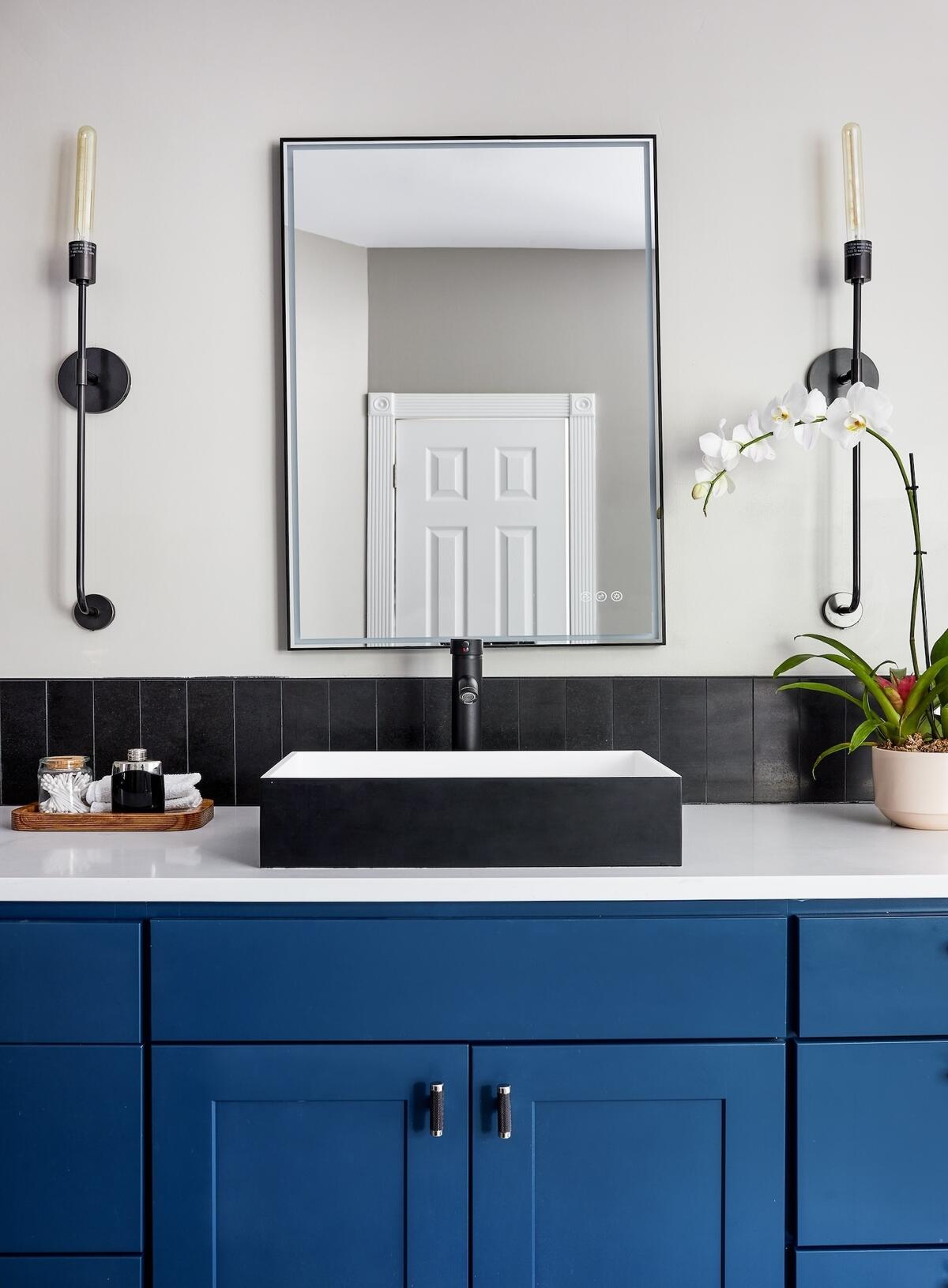
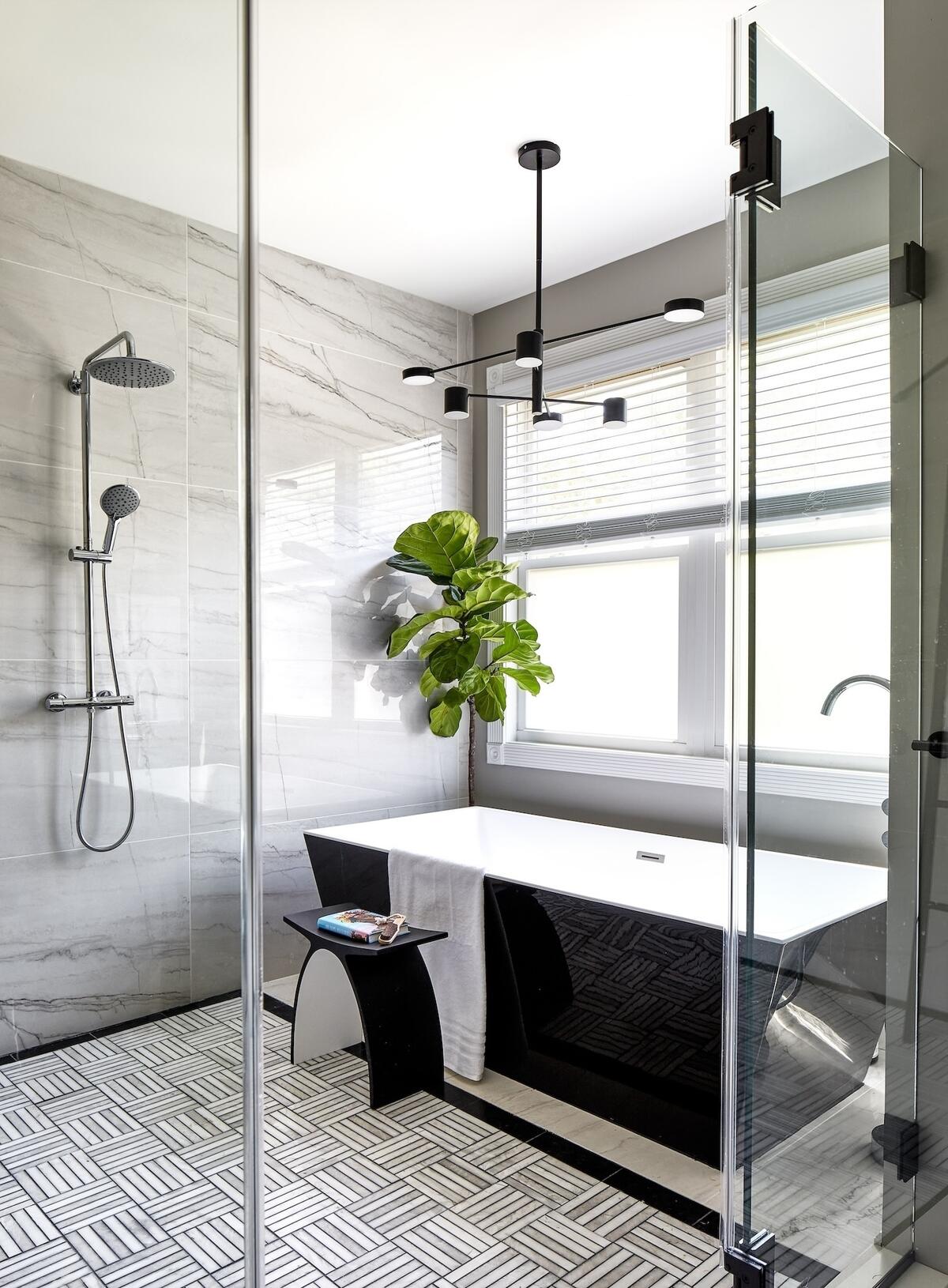
What does your support team look like these days, then?
I have a virtual operations manager—that’s the person in the background saying, “Hey, this week, we have this; and this and this needs to happen in order for this, this and this to move forward.” Then I’m doing the boots-on-the-ground project management—and I like it that way, because I have a bit more control over the pace. And then I have a virtual assistant doing a lot of the paperwork that I can’t get to while I’m out in the field.
Where did you go looking for virtual hires?
I went to Fiverr to find my people. I found that hiring people with design experience was actually more challenging because it was hard to reprogram their habits from the way they did things for others to the way I wanted it done. And when you end up hiring people with design ambitions, the turnover is a lot higher. They come, they learn what they want to learn, and then they take the knowledge and leave. And that’s OK—that’s part of the growth of the industry; that’s how it has to happen. But I just couldn’t manage that anymore. I don’t have an HR [department] or somebody who can be like, “Let me interview 17 people. Now let me teach them or train them.” I couldn’t do that every year, or whatever the average was, so I went in a different direction.
What makes you say yes to a project today?
A red flag for me is if someone says, “Well, I [could] do it myself, but …” No. You’re definitely not one of my clients, because I can already tell you’re not going to respect my time, effort or energy. That is something I’m very strict about. I also don’t take on a project until I’ve seen the space and met the people. I’m very good at reading people, and that is just so incredibly important to me. This is such an intimate process, and if we don’t get along, it’s never going to work.
Budget is also a factor. When I was growing up in my career, I used to think it was pretentious when people would say, “You have to have a starting budget of XYZ.” But I understand that now. I always wanted to be accessible to anybody who wants design—I still want that, but there is also an expectation that has to be set. It’s not even about me making money; it’s about me being able to deliver an executed design for you. So, I am very open and honest with people when they contact me. The first thing I’m always asking you is, “Have you worked with a designer before?” If they haven’t, then I’m definitely going down that whole road, like, “Have you had the budget conversation with yourself?” And if they’re [not in alignment with my typical budgets], it’s OK to say, “I might not be the right fit for you. You might want to look into working with a company like Ethan Allen or Arhaus with in-house design assistance, because I think that process is going to be better for you.”
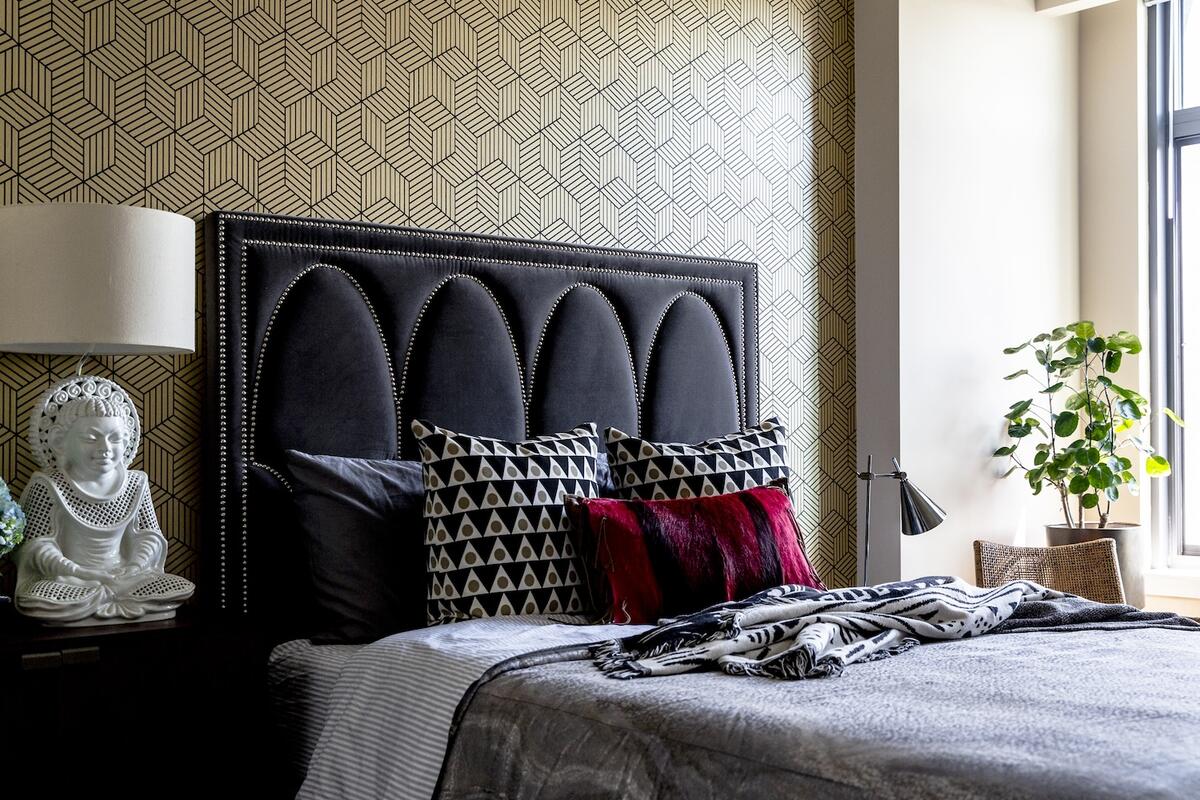
How have you approached billing for your work?
One thing I experienced was that I would do all the design work and then people would be like, “We’ve decided not to move forward.” That’s not just a blow to the ego—it also screws up your financial projections, your way of paying your people or covering your operational costs. When someone would do that, I’d have to reset, because if I’ve already accepted your project, that probably means I turned someone else down. So, what I started doing was getting my fees upfront—I do a flat fee for my design and then another flat fee for the project management. That way, when we move forward, there’s still some obligation on their end, and I don’t get shafted at the end of the project. It also cuts down my billing efforts.
That sounds amazing if you can get the fee right.
That’s the key. But getting the fee right takes work. That takes you sitting and saying, “I’m going to have this glass of wine and go through these invoices.” It might not be a glass. It might be a bottle, I don’t know. It’s about taking the time, unfortunately. But I’ve found that the flat fee just works for me.
I want to make sure I get this right: Clients are paying the design fee, then the project management fee, and then they’re paying you in advance for product. Are those the only times that you have to ask for money?
There’s a final bill at the end, because what I cannot predict—and I explain this very thoroughly to the client—is the freight and shipping. Or something that changes the [scope of the project], like if there’s mold when we open the wall.
How did you approach the cost of products and markups?
I do a markup on anything custom, because I know that there’s going to be time spent on that. When it comes to things that are retailed, I usually mark that up very minimally. I know some clients are going to take the presentation and reverse-Google-Image-search everything trying to find the best price. And when they see that price, I’m like, “That’s fine, but you asked me for full-service design, and that includes somebody to do all of the back-end work to get it to you. What you’re seeing online is the DIY price. So, if you want to buy that table, track that table, get on the phone for two hours when the table comes in broken, or deal with the fact that it came in 1,000 pieces and needs to be assembled, or if it arrives on your porch and it’s heavy as heck and somebody’s got to bring it in—then OK, go for that DIY price. But if you want full-service design, that markup is part of what it costs for me to execute this project.”
I love the idea of labeling it the “DIY price.”
Some clients will say, “What? Isn’t that part of the project management?” It’s not, because the project management fee is for me to be on-site working with contractors. It’s two separate jobs, so that’s why they get the two different fees.
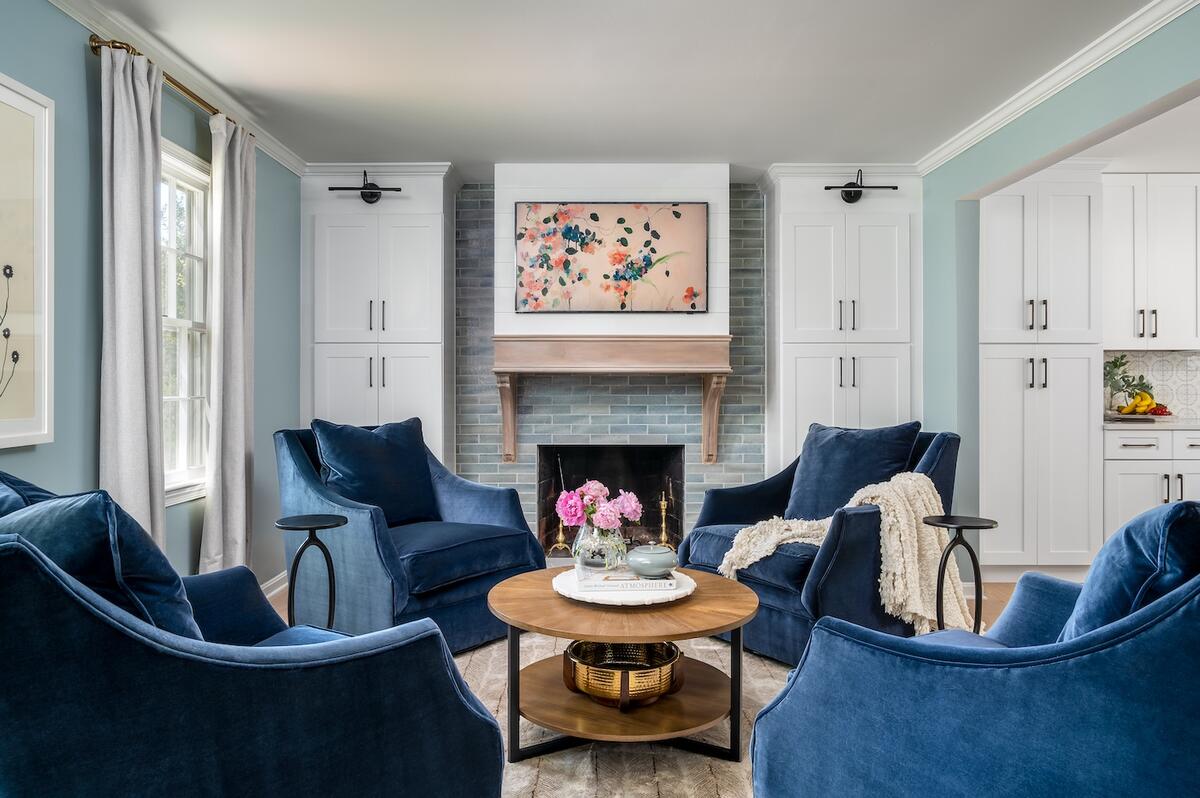
Can you tell me about the design scene in D.C.?
It has always been abundant—there’s plenty of work for everybody, for all different design processes and approaches, and all different sizes and shapes. We have such a huge array of clientele that I don’t think there’s any designer who couldn’t find work here. Because we’re also so close to the Capitol, and so much of the military, it definitely hasn’t been a problem for our design industry to continue to survive. It’s interesting—a lot of the showrooms have gone away. Everybody’s moving to digital, so that’s a little bit difficult. Going to different markets is really how we discover new products now. We also depend on our reps a lot to send us new information. In terms of resources, we have the Design Center, which is great. It doesn’t have a ton of furniture places, but you can find fabric and wallpaper finishes, and we have lots of tile and appliance showrooms. When it comes to furniture, most of us are going to High Point Market.
Has High Point been an important part of your business’s evolution and profitability?
High Point has been more of the inspirational part of it. I go to there when I feel stuck, or I’ve gone online and seen the same dang blue chair 17 times—like, whatever cookies won’t allow me to see anything else. When I need to see new products or something that I hadn’t thought of, markets are generally where I go to be inspired. And then I go back and I do the deeper internet dive and collect information. I [also] love going to the European markets, like Salone in Milan, or Maison&Objet and Paris Déco Off, because [in the U.S.] we’re always a little bit behind.
When you look ahead, where do you see the most opportunity for your firm?
I wish I had that crystal ball. But you know, life doesn’t allow you to do that. And anybody who says otherwise, I applaud them for being able to just do it. But I have a child about to go to college in two years. I have one that is heavily into travel sports. And so I can’t even tell you what next week is gonna look like. For me to say, yeah, my opportunities are XYZ—I don’t know. I might come across someone who says, “You’re really good at this. Would you like to try that?” And I’m the type of person to be like, “Yeah, I do want to try that.” That’s how I started doing some holiday decorating, and some work with museums. I’d love to venture into more product design and figure out where that could lead. I’m just kind of letting the chips fall where they may.
Do you do a lot of custom and product design for your project?
Absolutely. And a lot of it I build myself. I really do love to be hands-on in that way—to take a piece, and not just look at it for what it is but what it could be.
What does success mean to you and your business?
Success at the end of the day is not killing a client. No, I’m joking. Success is when I get to the end of a project and my clients are satisfied and happy. During the process, it can get a little difficult. You’re burnt out, they’re burnt out, they’ve hit decision fatigue, you hit a design block—all of those things—and it can be a real struggle to get to the end of the project. But when you do, [it’s because] you persevered, you stayed dedicated, you continued to push forward, you found your solutions. I don’t [see] the monetary value of a project as success. I don’t [see] getting it published as success. My whole goal is to make sure that the client, at the end of it, loves their home and loves what I’ve done.
And because of that, I’ve never been without clients. I get so many referrals. And that’s why I’m able to say now that I only take referral clients, and I’m booked through February. Being able to make someone happy is success, and it’s stressful—don’t get me wrong. Some days, I’m like, “Oh, my God, am I going to make it?” But I usually do. And when I do, I pat myself on the back, [do a little] dance and have a glass of wine.
To learn more about Quintece Hill-Mattauszek and Studio Q, visit her website or find her on Instagram.
















